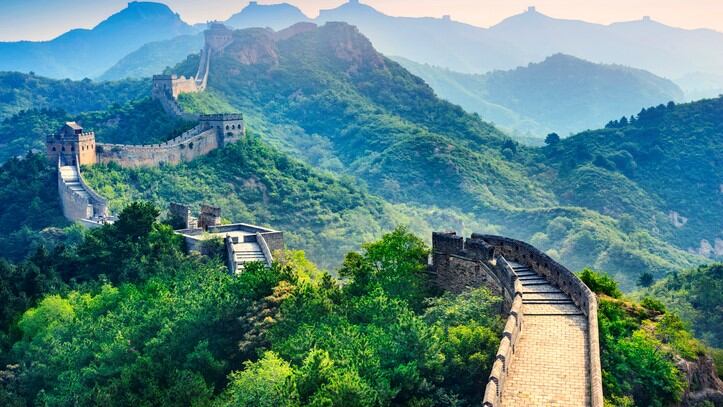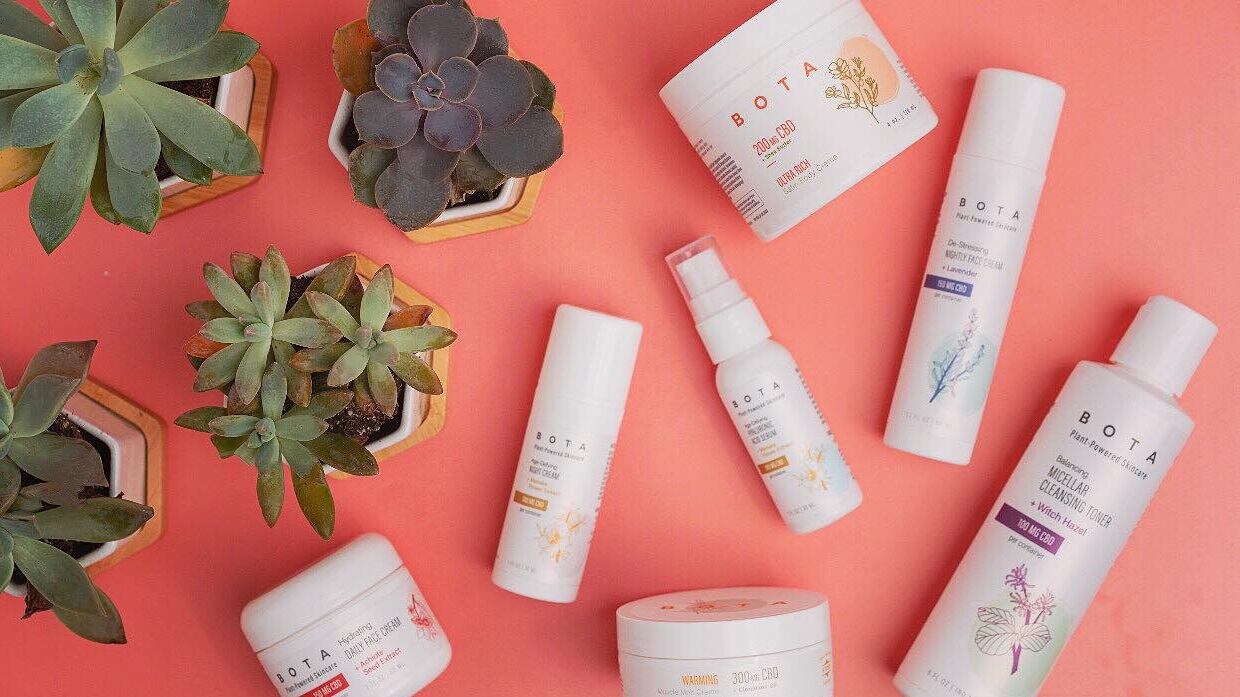The face cream was excavated from a tomb of an aristocratic male located in the Liujiawa site in Shaanxi province.
The cream was found sealed in an ornate bronze jar alongside items such as funerary bronze weapons. Upon further inspection, the jar was found to contain a mass of ‘yellowishwhite lumps’, weighing six grams in total.
The same kind of bronze vessels have previously been found in tombs dating back to the 300-year period between 771 and 476BC, also known as the Spring and Autumn Period, but its purposes were unclear.
With this discovery, researchers were able to determine that these bronze jars were indeed cosmetic containers and that the cosmetic industry had existed before Emperor Qinshihuang's unification of ancient China.
Analysis of the materials in the jar found it to be approximately 2,700 years old and made of cattle adipose fat, an emulsifier, and monohydrocalcite (MHC).
Researchers speculated that MHC would have come from moonmilk – a mineral deposit found on limestone cave surfaces which can be dried into a powder form.
Given the intrinsic whiteness of moonmilk, researchers speculated that the ingredient was used to give the skin a whitening effect.
The researchers highlighted that historical records from the pre-Qin period described attaining fair skin through cosmetic use as ‘a source of cultural pride’.
The ancient people would whiten their skin – to the point that it would look unnatural – to conceal defects on the skin and achieve a youthful appearance that was appealing to the aristocratic class.
However, the discovery of a whitening cream in the tomb of a male subject was notable, as the use of such cosmetics were previously described as being used by females in historical records.
Even though the use of lead in cosmetics in ancient China has been extensively recorded this study concluded that the use of diverse choice of materials was already in practice in the early development of the Chinese cosmetic industry.
Luxury or spiritual commodity?
According to the researchers, the caves where moonmilk was harvested would likely have been sacred Taoist sites, giving moonmilk spiritual value. This reflects a link between early Taoists, adding a mystic element to cosmetic use.
Furthermore, referencing ancient medical books, moonmilk would have to be processed for days and weeks in order to obtain pure and fine particles.
This meant the material was regarded as a highly valuable material used for medical and cosmetic purposes.
“Moonmilk collection from limestone caves, as a key part of the production of the cosmetics, implies that this period could document an increasing cosmetic use and production involving Taoist School Cave Cultus activities around the Rui state urged on by the aristocratic class”
The prevalence of cosmetic use in among high-ranking individuals was supported by the fact that the same bronze containers were usually present in the tomb of the kings, queens or noblemen.
“The results of our analyses, together with the wide area of distribution of these containers, implies that the cosmetics might be mostly used as a high-end product led by the aristocratic class, and similar cases can be found in other ancient societies and civilizations.”
From this and the analysis of the ingredients, the research concluded that cosmetic manufacturing was already a specialised industry to supply the nobility in the early stage of the Spring and Autumn Period.





